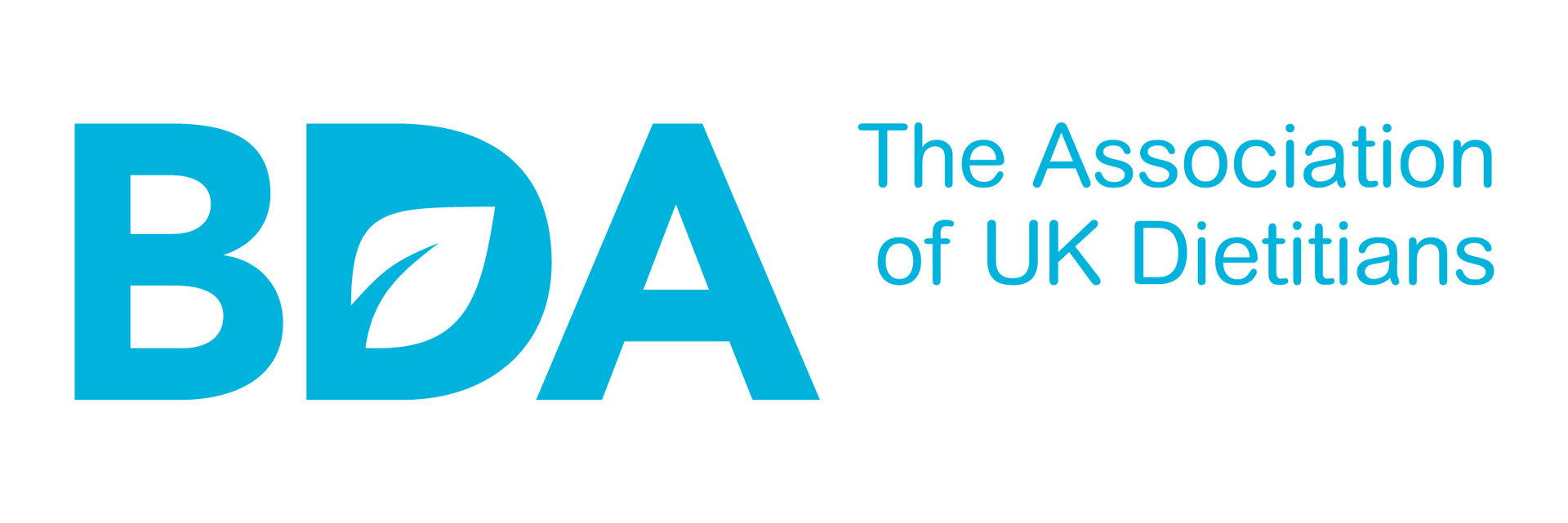Ultra processed foods and type 2 diabetes

The term ultra processed food (UPF) has become more popular in the media in recent years, but what is an UPF and what does it mean for those living with type 2 diabetes? Should they be avoided, or can they be included in everyday diet?
The term 'processed foods' has been around for some time. Its widely accepted too much processed food, containing fat, sugar and salt can lead to a less nutritious diet. Too many may also mean we in turn consume less of the nutritious whole foods like fruit, vegetables, and wholegrains. The term UPFs is fairly new, developed by researchers at the University of Sao Paulo in Brazil. They develop the NOVA food classification system, which categorises foods/processed foods into four sections:
What is ultra processed food?
The system places food into four categories based on how much they have been processed during their production:
- Unprocessed or minimally processed foods: This includes produce such as seeds, nuts, fruit, vegetables, milk, chicken, fish, meat, pulses, and eggs as they have no added ingredients and have been minimally altered from their natural state.
- Processed culinary ingredients: This group includes foods that are added to other foods rather than eaten by themselves, such as vegetable oil, salt, and sugar.
- Processed foods: Most processed foods have two or three ingredients and are made by combining foods from groups 1 and 2, which are altered in a way that home cooks could do themselves. They include foods such as salted nuts, pickles, tinned fruit and vegetables, jam, cheeses and homemade or bakery fresh breads.
- Ultra-processed foods: Ultra-processed foods typically have more than one ingredient that you never or rarely find in a kitchen. They tend to include many additives and ingredients that are not typically used in home cooking, such as preservatives, emulsifiers, sweeteners, and artificial colours and flavours. These foods generally have a long shelf life. They include foods such as mass-produced bread, cake, pastries, some breakfast cereals, instant soups/sauces, ready meals, chicken nuggets, burgers, and hotdogs.
Although the NOVA food classification system provides an outline for UPFs, it’s worth noting there is currently no common agreed definition for an UPF. This means we could see this change in the future.
Are UPFs safe to eat?
There was recently a large systematic umbrella review of existing meta-analyses performed by the British Medical Journal. This study looked at nearly 9.9 million people and their consumption of UPFs. The review linked that those consuming more UPFs were at higher risk of developing obesity, type 2 diabetes, depression, sleep problems and higher risk of death from cardiovascular illness. The study could not prove the processing of the food caused these conditions however it is widely accepted eating foods that contain more sugar, salt and saturated fats are related to more adverse health outcomes, like obesity and cardiovascular disease.
Are all UPFs equal?
In a word, no and here’s why …
Overall nutritional value
Some UPFs will have significantly more nutritional value, for example baked beans, mass produced wholegrain breads and canned soup contain more nutrient value than pizza, crisps and biscuits. When we consume baked beans, we are adding fibre, plant-based protein and a portion of vegetables that count towards our 5 a day into our diet.
Shelf life
For anyone who has previously baked their own bread, or regularly shops at the fresh bakery selection in the supermarket, you’ll know the bread only lasts 1-2 days before it goes passed its best. Mass produced breads have a longer shelf life due to certain additives and emulsifiers which are added at the production stage. Given the time it takes to make things from scratch and the rising cost of food and ingredients, foods with preserved shelf life are useful.
Hidden nutrients
Unfortunately, in the UK not many of us manage to hit the 5 a day target recommended. In fact, its thought as little as 32% of adults aged 16 years and over eat 5 a day.
Another hidden benefit of some UPFs is the fruit and veg they can contain. Canned vegetable soup, baked beans and some ready meals include vegetable sources which count towards our 5 a day.
Many breakfast cereals would count in the UPF category. In the UK many breakfast cereals are fortified with additional nutrients which are commonly lacking. Folic acid, vitamin D, thiamine, and iron are a few examples of nutrients added to cornflakes.
Often these are cost effective options, and arguably in the UK individuals could potentially be in nutrient deficiency if they were not widely available.
What does this mean for people living with type 2 diabetes? Should UPFs be avoided?
When it comes to type 2 diabetes there is no specific diet which has a more superior benefit for blood glucose control, instead finding a dietary approach the individual can stick to long term is often more beneficial.
In the UK the government uses the Eatwell Guide. This is aimed at the general adult population and demonstrates what a balanced diet should look like. It includes fruit and vegetables, wholegrains, lean protein, diary and alternatives and heart healthy fats. The Eatwell Guide discourages foods containing saturated fats, salts and free sugars. Excess amounts of free sugar for someone living with type 2 diabetes will likely cause dramatic rises to blood glucose levels, and in the long term may lead to long term complications such as retinopathy and renal disease.
Excess salt is also concerning as it is known to increase blood pressure, whereas including too much saturated fat can lead to higher cholesterol. Both factors increase the risk of cardiovascular disease, which is already heightened when living with type 2 diabetes.
Although some UPFs have some better qualities, high proportions contain increased amounts of saturated fats, salt, and sugar. Some also contain very little nutrients, for example pizza, crisps and cookies have far fewer nutrients when compared to wholegrain bread, some breakfast cereals, and baked beans.
If living with type 2 diabetes consuming less UFPs wherever possible is likely to be beneficial. What is clear is more research is needed to understand the effects of consuming UPFs. Regardless, a diet low in salt, saturated fats and sugar will be favourable.
Send us a message
Contact Us
Thank you for contacting us.
We will get back to you as soon as possible.
Oops, there was an error sending your message.
Please try again later.
Spooner Nutrition








